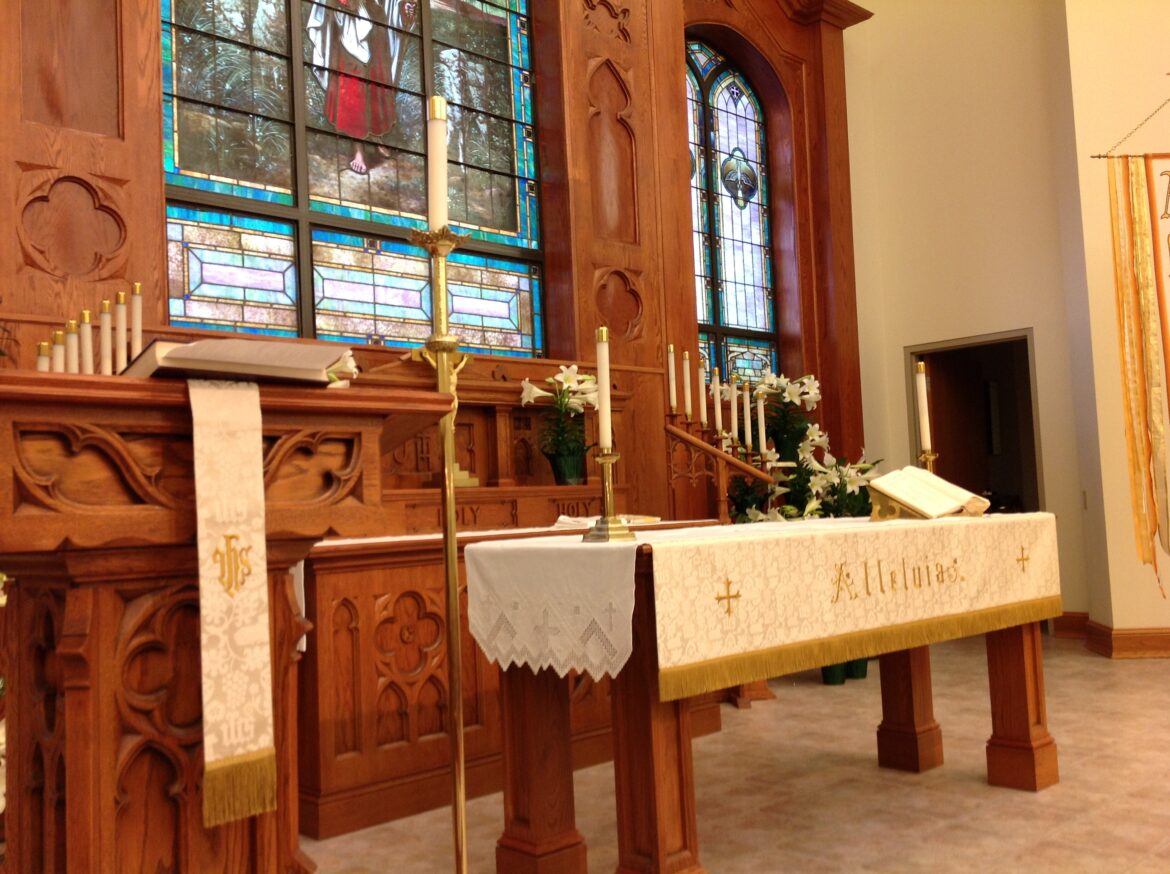Lutheranism, a denomination that burgeoned during the Reformation in the early 16th century, is anchored in the teachings of Martin Luther, a German monk whose theological insights and transformative ideas reshaped the Christian landscape. At its core, the Lutheran Church elucidates the profound mysteries of faith and the nuances of grace, evolving into a formidable tradition that spans across various cultures and regions worldwide. This article endeavors to delineate the essence of Lutheranism, illuminating its distinctive beliefs and practices, thereby fostering a deeper understanding of its spiritual and communal dimensions.
Fundamentally, Lutherans embrace the concept of *justification by faith alone*. This pivotal tenet posits that individuals are saved not through their deeds or merit but solely through faith in Jesus Christ’s atonement. The personal acceptance of Jesus as Savior forms the cornerstone of a believer’s journey in the Lutheran faith. This assertion finds its roots in Scripture, particularly in Paul’s epistles, which assert that it is through faith that believers are reconciled with God, a notion that fundamentally diverges from other theological perspectives that may emphasize works.
A significant aspect of Lutheran belief is the authority of Scripture, known as *sola scriptura*. Lutherans uphold the Bible as the ultimate source of divine truth, asserting that all necessary teachings for salvation and Christian living can be found within its sacred pages. This perspective mandates a thoughtful engagement with Scripture, encouraging adherents to delve into its narratives and doctrines while seeking wisdom from its rich tapestry of lore. The reverence for the Bible cultivates a culture of inquiry within the church, urging congregants to explore their faith in unison with the Word.
Within Lutheran theology, there exists an intricate relationship between law and gospel. Lutherans perceive the law as a divine ordinance that reveals human sinfulness, serving as a mirror that reflects the imperfections of our moral existence. However, the gospel unveils the profound joy of forgiveness and God’s unconditional love. This duality fosters a unique awareness of sin, urging individuals to confront their shortcomings while simultaneously embracing the mercy readily offered through Christ. The harmonious balance of law and gospel is paramount, presenting an archetype of divine interaction that fosters both humility and hope.
The sacraments hold a prominent position in Lutheran worship, with baptism and communion regarded as means of grace. Baptism delineates the entry point into the Christian faith, symbolizing the cleansing of sin and initiation into the community of believers. In Lutheranism, this sacrament is treated with profound reverence, recognizing it not merely as a ritual but as a transformative experience where God’s promises are imparted upon the individual.
Equally significant, the Eucharist, or Holy Communion, is viewed as a sacramental experience where believers participate in the body and blood of Christ. This act serves as a reminder of Christ’s sacrifice and fosters a deep communal bond among congregants. The understanding of Christ’s presence in the elements is a deeply cherished aspect within the church, enabling believers to experience the grace of God in a tangible manner. The ritual of communion embodies a profound unity, drawing individuals closer not only to God but to one another, creating a loving and supportive church community.
Confessionalism is another distinctive trait of Lutheranism. Many Lutherans adhere to specific confessions, such as the *Augsburg Confession* and the *Small Catechism*, documents that articulate essential doctrines and practices. These confessions function as collective expressions of faith, providing a framework within which believers can navigate their spiritual lives. They serve to unify the global Lutheran community, establishing continuity of beliefs across diverse cultural contexts.
The Lutheran Church thrives on the notion of community. Worship services are characterized by a liturgical structure that invites congregants into a shared experience of faith. The use of hymns, prayers, and responsive readings fosters a participatory atmosphere, allowing individuals to express their devotion collectively. This communal aspect of worship is central to Lutheran identity, reflecting the belief that the journey of faith is not undertaken in isolation but in fellowship with others.
In the realm of social justice and community service, Lutherans are often deeply engaged. This reflects a commitment to living out one’s faith through acts of love and service. Many congregations prioritize outreach programs, providing support to the marginalized and advocating for justice. This embodiment of faith in action acts as a testament to the transformative power of grace, illustrating how theological beliefs can influence tangible change in the world.
As the world continues to grapple with profound questions of identity, purpose, and belonging, Lutherans offer a distinctive perspective rooted in grace and the transformative power of God’s love. In a society often marked by division and discord, the Lutheran call to unity, compassion, and understanding stands as a reminder of the potential for a faith-filled life to effect positive change. The harmonious blend of tradition, community, and theological depth invites individuals to embark on a journey of exploration and discovery, where faith becomes a living experience that shapes every aspect of life.
Ultimately, the Lutheran Church emerges not merely as a denomination but as a vibrant expression of Christian faith that encourages believers to seek deeper truths. Its teachings invite curiosity and extend an invitation to engage with the divine in multifaceted ways. Such exploration holds the promise of enriching the spirit and anchoring individuals in a profound connection to God, one another, and the larger tapestry of humanity.



